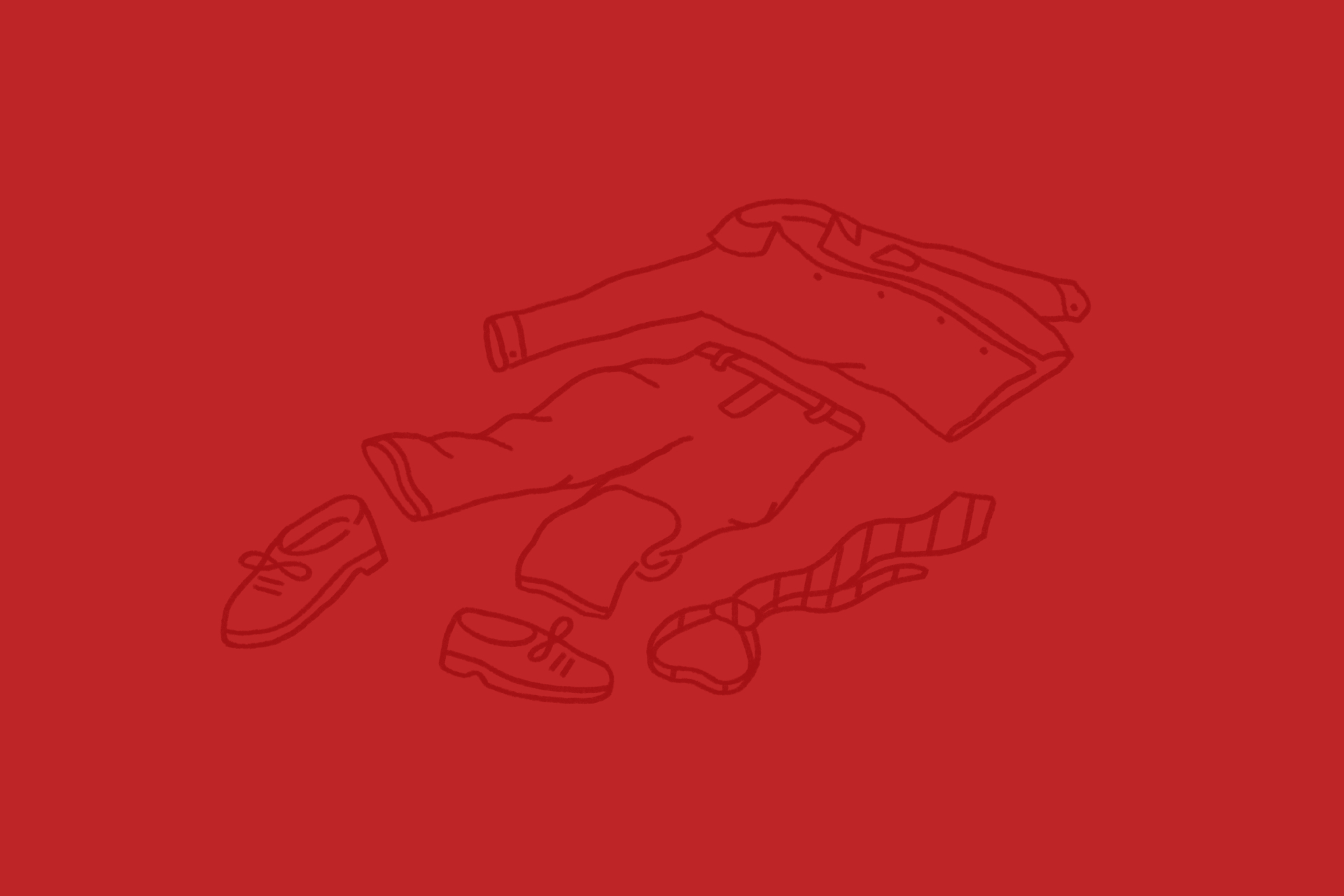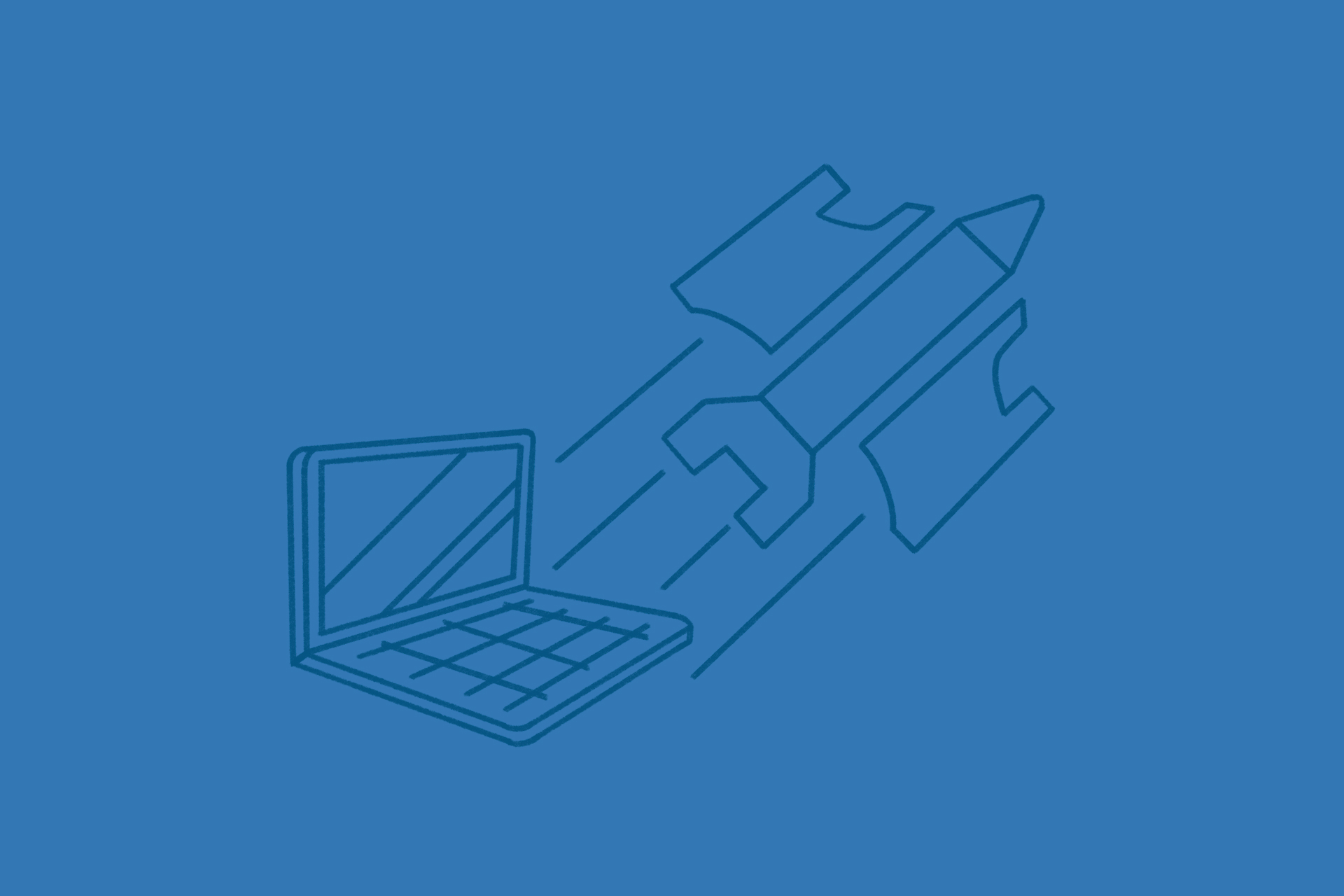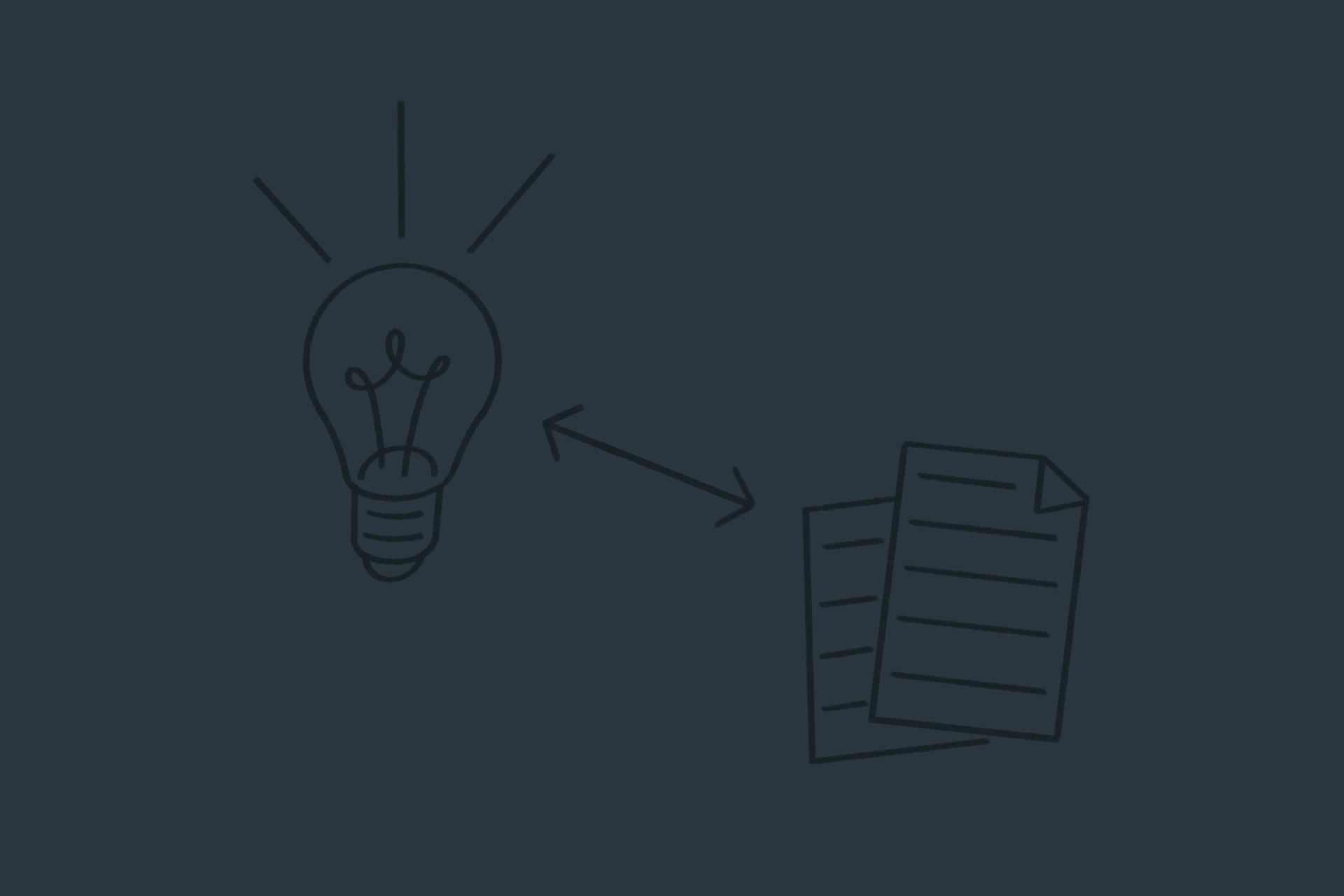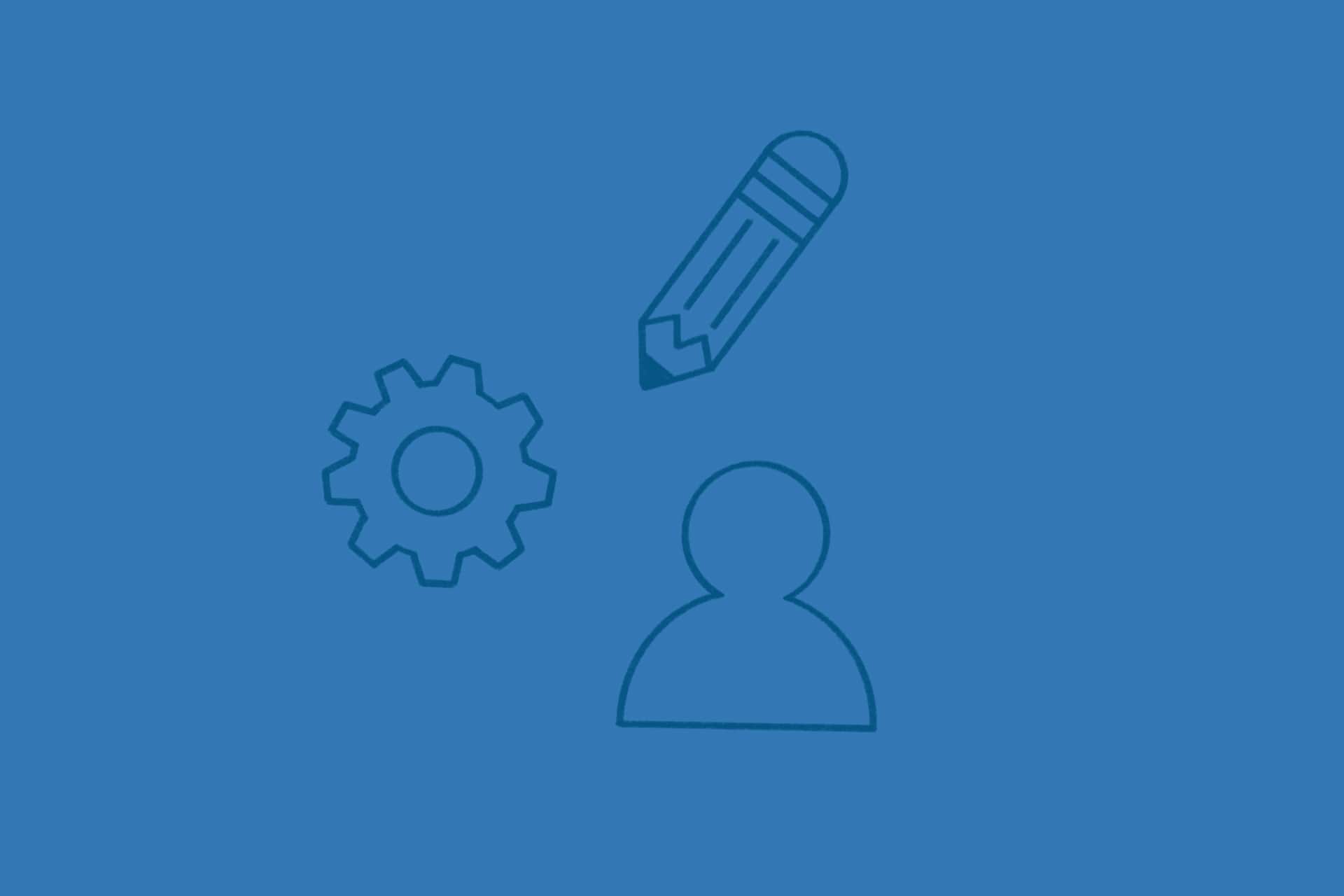Your Roadmap Is Lying to You—Why Features Won’t Fix Your Product
What’s the problem: Companies stuck in feature-chasing mode react to customer demands but never truly lead.
Why it matters: True innovation comes from shaping experiences, not just adding features.
Key takeaways:
- Companies evolve through three phases: Engineering-led, Customer-led, and Design-led.
- The feature trap feels productive but keeps companies in a reactive cycle.
- Design-led organizations define a North Star experience vision that guides innovation.
🎧 Listen to the Humans First episode to hear the whole conversation.
If you’re stuck, you’re not alone
Many product teams feel stuck. They’re shipping new features, responding to customer requests, and keeping up with competitors—yet the product still doesn’t feel like it’s moving forward in a meaningful way.
This happens when companies get trapped in a customer-led feature cycle—reacting instead of leading. Instead of shaping the future, they’re constantly trying to keep up.
So, how do companies break out of this cycle? The answer lies in moving beyond an engineering-led or customer-led approach and stepping into a design-led mindset.
The Three Phases of Product Maturity
Most companies unknowingly follow a predictable pattern as they grow:
1. Engineering-Led: “How does it work?”
At this stage, companies focus on making the product functional. The priority is solving technical challenges and proving feasibility. This is where true invention happens—think of the early days of the iPhone or the first version of Google Search.
2. Customer-Led: “What do users want?”
As products gain traction, companies shift to serving customer requests. While this seems logical, it often turns into feature creep—an endless backlog of small improvements that make the product feel reactive rather than strategic.
This phase feels like plowing a field: teams work hard, but the horizon never gets closer. The to-do list is infinite, and progress feels incremental rather than transformational.
Meanwhile, other product companies are catching on and building their next innovations.
3. Design-Led: “How should it work?”
The most successful companies take the next leap—leading the market rather than following it. Instead of simply listening to customers, they redefine the experience based on a deep understanding of user needs, business strategy, and technological possibilities.
Think about Google Docs. It didn’t win by adding more features than Microsoft Word—it won by recognizing that real-time collaboration was the future and designing an experience around it.
Learn more: The Three Models That Shape Every Product (And How to Use Them)
Why Companies Get Stuck in the Feature Trap
Many companies never make it past phase two because:
- Customers will always have more feature requests—but those requests are often incremental, not transformative.
- The competition drives a reactive mindset—if a rival launches a new feature, teams feel pressure to match it.
- Industry media and analysts compare products by feature count—not by how well those features improve the experience.
- Teams feel productive when they’re shipping—but that doesn’t mean they’re innovating.
This keeps organizations in a perpetual state of reaction, making small adjustments instead of leading with bold new ideas.
Breaking Free: How to Become a Design-Led Organization
Shifting to a design-led approach doesn’t mean ignoring engineering or customer input—it means integrating both into a bigger, more strategic vision for the product. It also means leveling up your organization’s design maturity.
1. Define a Clear North Star
The best companies don’t just ask, “What do customers want?” They ask, “Where is the market going, and how do we shape that future?”
A North Star vision gives teams clarity on where they’re headed, ensuring every decision contributes to a larger goal rather than just adding another feature.
2. Shift from Feature-Driven to Experience-Driven
Instead of focusing on what’s missing from the product, focus on the biggest friction points in the user experience. What’s the fundamental problem users are trying to solve?
A feature-driven mindset asks, “What do customers say they need?”
An experience-driven mindset asks, “What’s the best way to help customers succeed?”
3. Balance Customer Insights with Bold Decision-Making
Listening to customers is critical—but great companies don’t rely on customers to invent the future. Users can describe what’s frustrating today, but they struggle to articulate what’s possible tomorrow.
Companies like Apple and Tesla succeed because they anticipate customer needs before customers can describe them.
4. Build a Cross-Disciplinary Team
The best design-led organizations don’t operate in silos. They bring together:
✔️ Engineers who understand what’s technically possible.
✔️ Designers who can craft intuitive experiences.
✔️ Product leaders who align features with business goals.
This cross-functional approach ensures the team isn’t just reacting to requests but creating a seamless, future-focused product experience.
Leading Instead of Following
When companies become design-led, the entire energy of the organization shifts. Instead of being pulled in a hundred directions by customer feedback and competitor moves, teams feel a renewed sense of purpose and clarity.
The best products don’t win because they have more features. They win because they create a better way.
If your team feels stuck in an endless feature cycle, it’s time to rethink your approach. The future belongs to companies that lead, not just listen.
We help companies build design-led cultures.
If you feel stuck in a customer-led feature trap, Visual Logic gets you. We’ve been there with dozens of teams. We can help you craft your North Star vision, shift your culture, understand your customers deeper needs, and structure your product teams around inventive workflows. We get design and engineering, but we’re well-versed in business too. Let’s set up a meeting and get to know each other.
Listen to the full conversation on Humans First:
